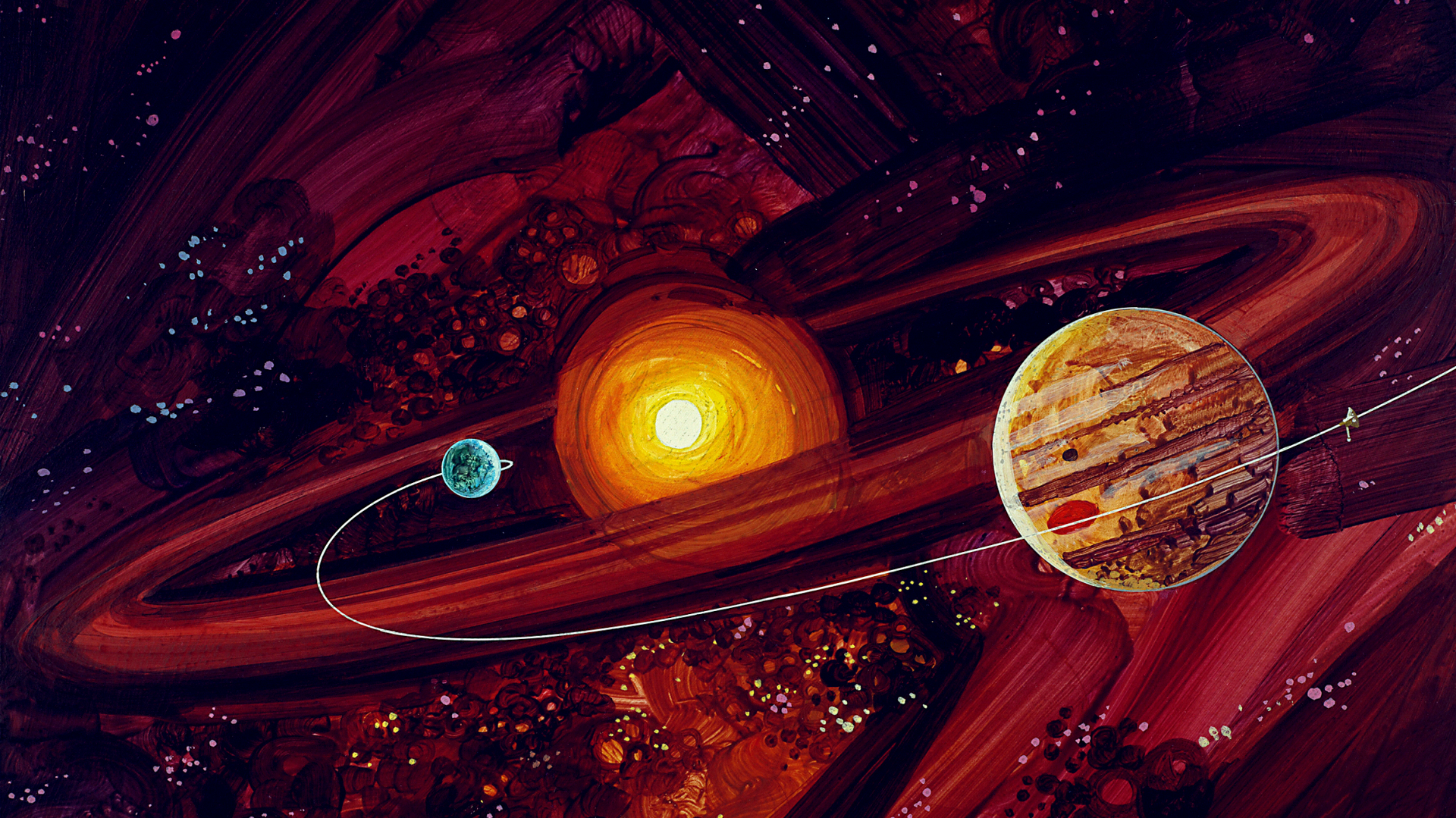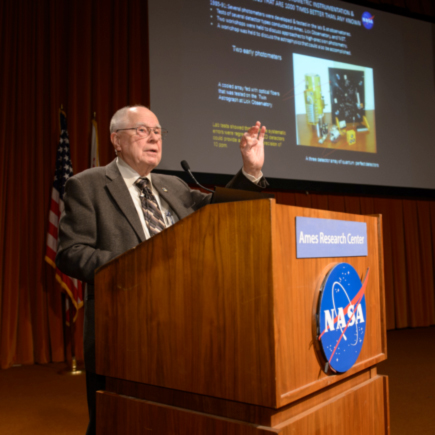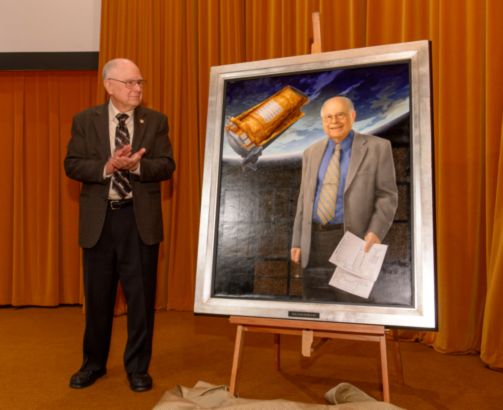Ames Fellow – William Borucki
The rank of Ames Fellow is the highest recognition that Ames Research Center can bestow upon one of its own employees for research excellence. The Ames Fellow Program is designed to identify and acknowledge a very small number of Ames Research Center employees for their national or international reputation of scientific or engineering excellence and their contributions to NASA and our research Center. Bill Borucki was inducted as an Ames Fellow in 2013 for his incredible career and contributions to science at NASA Ames Research Center. His work at Ames started in 1962 with research for the Apollo heat shields. In more recent years, Mr. Borucki pioneered the Kepler mission and fundamentally changed our view of life in the universe. Bill Borucki’s career also includes research in atmospheric science—on Earth, Jupiter, Venus, and Titan. The impact of his work is immense and has paved a quantifiable path for humanity’s search for life in the universe.
Abstract:
Bill Borucki has been at Ames for over 50 years and has found it always to be a place where many brilliant people are actively involved in the search for answers to important problems. When he came to Ames in 1962, we were trying to find a way to get to the Moon and safely return. The ballistic ranges at Ames played a substantial role in testing designs for a stable spacecraft with an effective heat shield that could successfully re-enter the Earth’s atmosphere. Mr. Borucki developed spectrographic equipment that measured the temperature and electron densities of the gases surrounding the heat shield.
Later, he built mathematical models of the Earth’s atmosphere to estimate expected changes in the Earth’s ozone layer. In 1983, he began the development of a photometer that could detect exoplanets. Tests were conducted on existing astronomical photometers, small prototype photometers were built and tested, and three workshops were conducted. In 1992, Mr. Borucki proposed a space mission to carry a telescope and a high precision photometer to search several thousand stars for planets. Although that proposal and the subsequent ones in 1994, 1996, and 1998 were rejected, the objections and suggestions were used to improve the subsequent proposals. The proposal in 2000 was accepted and the work began to build a photometer that would be one thousand times more precise than any before it. The Team overcame endless obstacles, the schedule slipped three years, and the cost was often over budget. In 2009 the Kepler Mission launched and immediately started finding planets. Thousands of scientists and their students participated in the discoveries. The results made major contributions to our understanding of exoplanets, planetary systems, and the structure of stars. Kepler has opened a new era in the exploration of our galaxy and the search for life.
Biography:
William Borucki is a space scientist at the NASA’s Ames Research Center, Moffett Field, Calif. He received a master’s degree in physics from the University of Wisconsin, Madison in 1962 and then moved to Silicon Valley where he first worked on the development of the heat shield for the Apollo Mission in the Hypersonic Free Flight Branch at NASA Ames. After the successful moon landings, he transferred to the Theoretical Studies Branch where he investigated lightning activity in planetary atmospheres and developed mathematical models to predict the effects of nitric oxides and chlorofluoromethanes on Earth’s ozone layer. Currently he is the Science Principal Investigator for the Kepler Mission that uses transit photometry to observe over 100,000 stars and is designed to determine the frequency of terrestrial planets orbiting in and near the habitable zones of other stars. Kepler launched on March 6, 2009.































